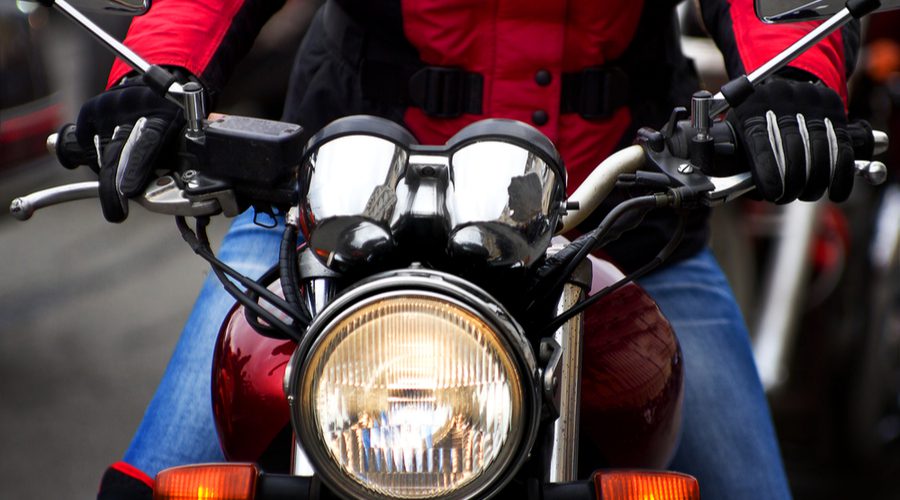
Motorcycles are becoming more popular, with the coronavirus pandemic causing public transport to present a risk to those using it.
A solitary mode of transport, motorcycles and motored scooters can get people to work and the essential shops far more economically than cars. This makes them appealing to those who previously relied on the bus or train to get around and who don’t want to risk being in an enclosed space with other people.
Rising motorcycle usage
In September 2020, according to the Motor Cycle Industry Association (MCIA), total registrations of new motorcycles, mopeds and tricycles were 11.8% higher than in September 2019. The organisation also found that in July 2020, sales rose by a giant 41.9% from June.
The MCIA said training schools had also reported “record levels of first-time riders” undertaking their compulsory basic training course to be able to ride commuter-friendly 125cc motorcycles and scooters.
We’d been seeing a rise in the number of motorcycles and mopeds – known as powered two-wheelers (PTW) – for a while. Total registrations of PTWs had been rising since 2017. And between 2010 and 2019, the UK saw an 11% increase in new registrations.
Now, with people urged to avoid public transport if possible, we’re seeing more people consider the idea of their own form of transport – which is generally cheaper to buy and insure than a car.
According to Royal Enfield CEO Vinod Dasari, when the pandemic is finally all over, “habits will change – people will want to be alone when commuting so there could be an increase in motorcycle sales”.
So we may end up seeing a great deal more of these vehicles on the roads when we no longer face any lockdown measures and are expected back in the office.
But how safe are motorcycles?
Motorcycle accident rate
Motorcycle riders are the most vulnerable on our roads – more so than pedestrians and cyclists. The number of road accidents motorcyclists have is higher than all other road users per billion miles travelled.
There were 336 motorcyclists killed on our roads in 2019, according to the Department for Transport, compared to 736 car occupants. Although this is a lower figure, the fatality rate per billion miles travelled is more than 65 times that of car occupants, at 104.6 and 1.6 respectively.
Meanwhile, the casualty rate of these road users is almost 26 times higher than car occupants, at 5,051 per billion miles ridden on a motorcycle compared to 195 miles driven in a car.
But the number of bikers who lost their lives had fallen by 5% from 2018. The number of riders who were killed or seriously injured dropped by 7% in that period. And the total number of casualties to these road users fell by 4% between 2018 and 2019, allowing for some optimism.
The future
Whether the coming colder weather has an impact on the popularity of these PTW vehicles remains to be seen. As they are more exposed to the elements, it could temporarily result in fewer bikes on the roads.
But there is agreement among the industry that motorcycles are here to stay as they allow inexpensive and convenient commuting at a time where solitary travel is not only desired, but advised.
Image copyright: Dmitry Nikolaev